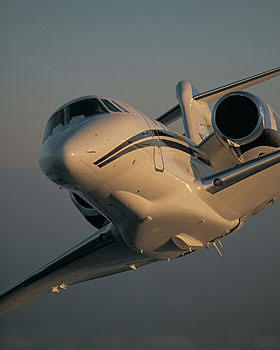 |
|
|
| FAA Changes Safety Rules for Long-Range Flights | ||
|
January 8, 2007,
WASHINGTON, D.C. — The Department of Transportation’s Federal Aviation
Administration (FAA) today published a comprehensive final rule that further
reduces the risks for passengers and crews flying long-range regularly
scheduled commercial routes over remote areas. Since airplanes occasionally divert for reasons unrelated to the engines, such as mechanical problems or passenger medical emergencies, the rule requires that airplane systems be able to support lengthy diversions in remote and sometimes harsh environments. The rule also requires pro-active flight planning, crew training and plans to have facilities at or close to each diversion airport that will protect passengers and crew from the elements and make them comfortable. |
 |
|
|
The rule published today formalizes existing policy, industry best practices and international standards to ensure long-range flights operate safely in the Polar regions, the South Atlantic Ocean between South America and Africa, and the southeastern South Pacific Ocean. Few U.S. carriers currently operate in these areas, but these operations will likely increase in the future. In formulating the new regulations, the FAA sought advice from a broad range of domestic and international aviation experts. In 2000, the FAA chartered an Aviation Rulemaking Advisory Committee (ARAC) to review existing policy and requirements and develop standardized requirements for extended operations in the 21st century. The new rule is based largely on the ARAC’s report, which reflects a consensus among those aviation experts on what needed to be done. The evolution of extended operations has involved a step-by-step process of ever-increasing approvals based on industry needs. Two-engine extended operations increased worldwide from fewer than 1,000 per month in 1985 to more than 1,000 per day in 2004. Meanwhile, extended operations engine reliability has improved to the point that engine shutdowns occur less than half as often as they did in the 1980s. “In light of the dramatic increases in long-distance flights, this rule will open up new routes for more aircraft and will raise the bar on safety,” Blakey said. |
||
| ©AvStop Online Magazine To Advertise With Us Contact Us Return To News | ||